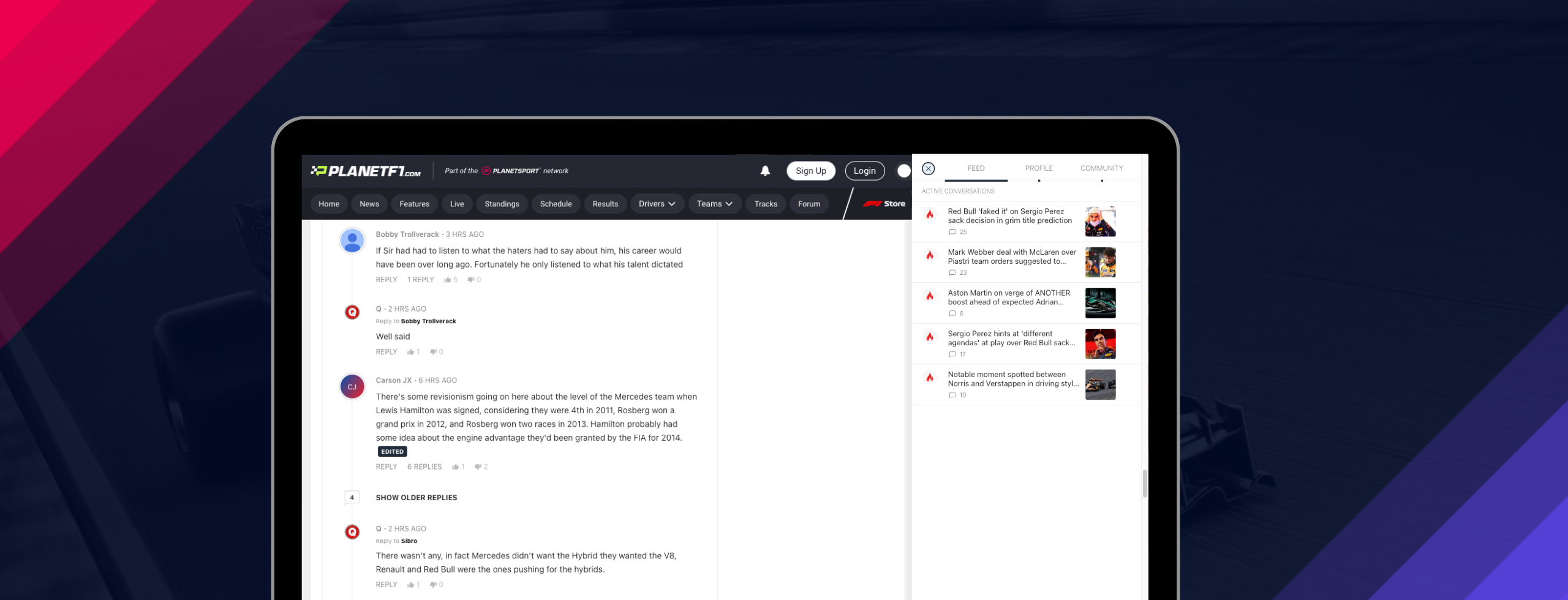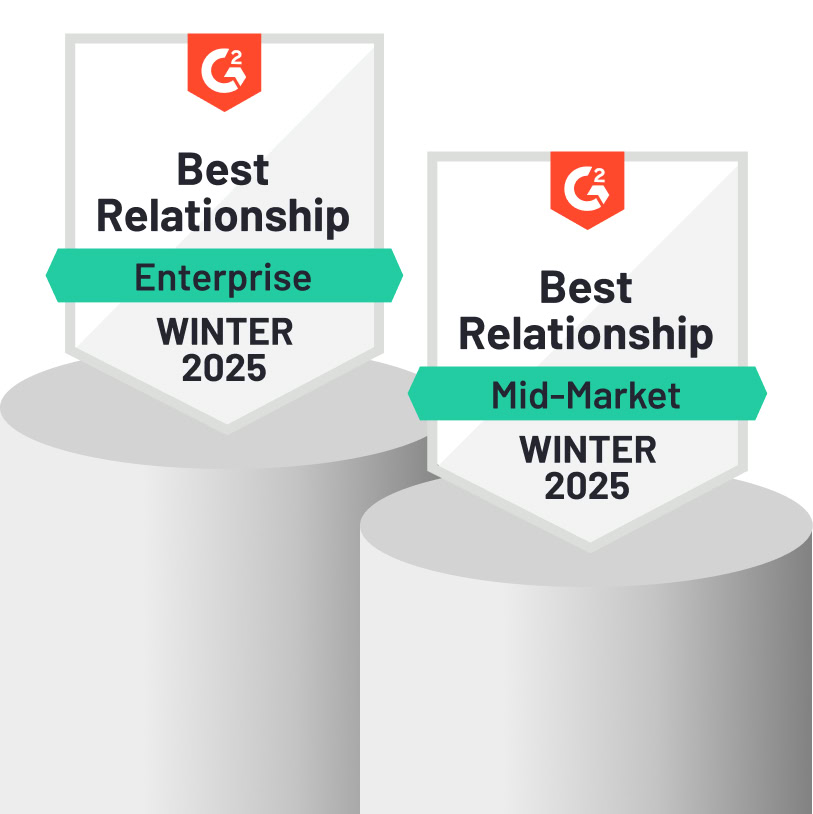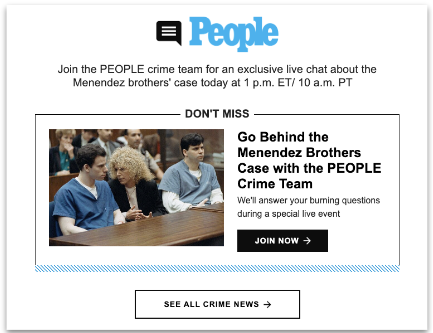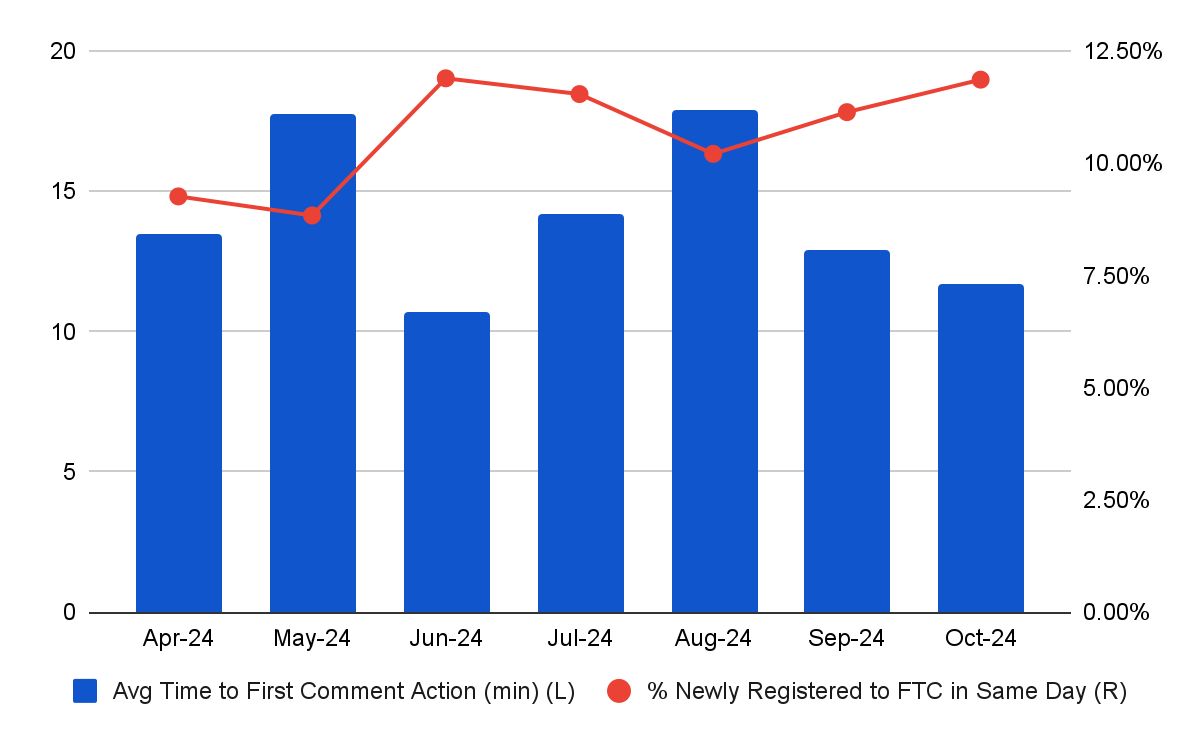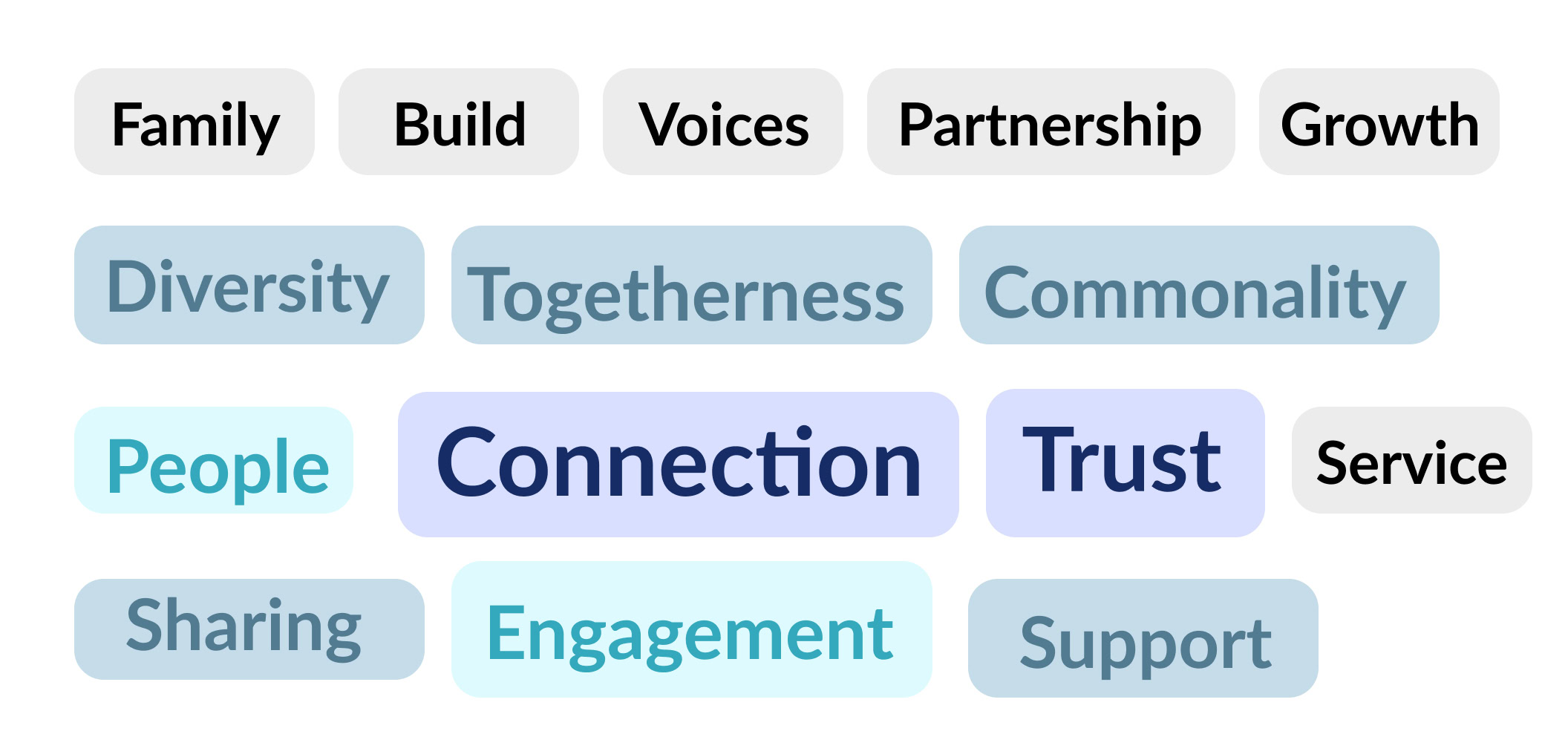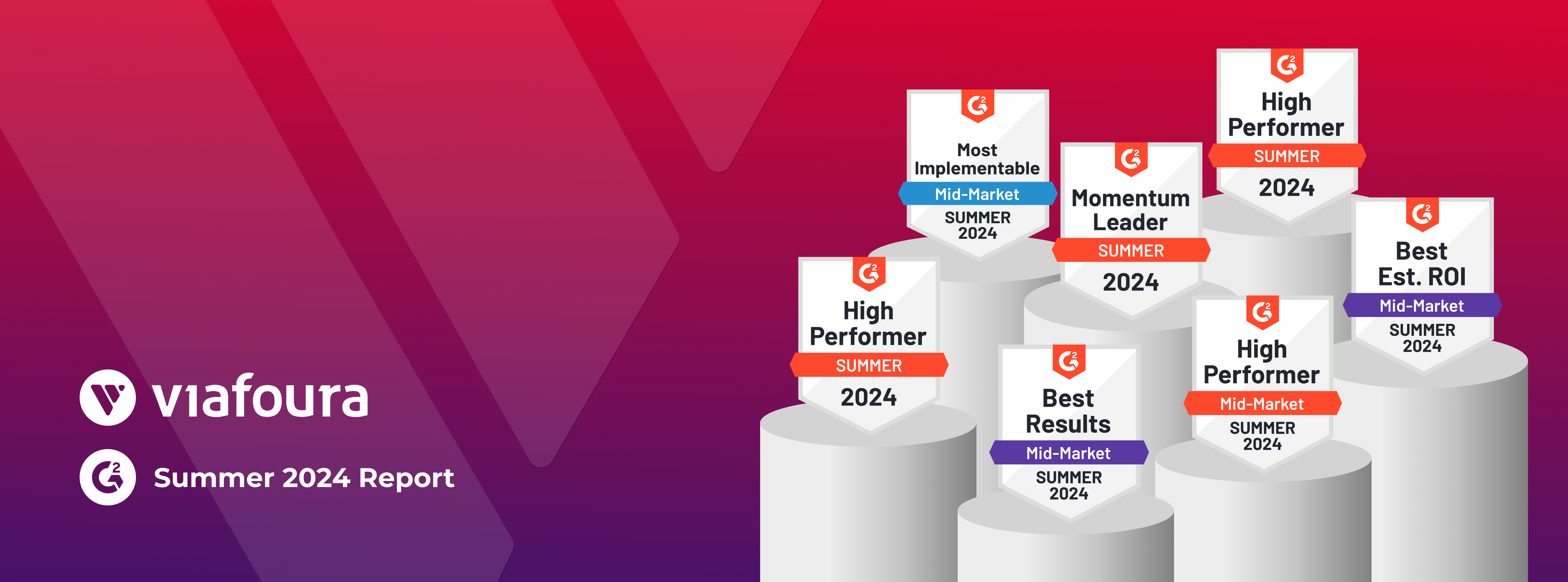We are thrilled to announce that Viafoura’s full suite of community engagement tools has officially gone live across all of Planet Sport‘s digital properties! This is a massive milestone in our partnership with the UK’s largest independent sports media business, and we couldn’t be more excited about the impact our solutions will have on their thriving community of over 25 million monthly fans.
Planet Sport’s portfolio, which includes fan-favorite sites like Football365, TEAMtalk, PlanetF1.com and Planet Rugby, is now equipped with the full power of Viafoura’s tools: Conversations, Liveblog & Engagement Starter. These tools are designed to supercharge user engagement, streamline content interaction, and foster a more connected and dynamic sports fan community.
Mark Holmes, Head of Publishing at Planet Sport, highlighted how our solutions will transform Planet Sport’s digital experience:
“We looked at a number of solutions that provided some of what we needed, but Viafoura offered everything we were looking for. This allows us to offer a more consistent experience for our users and improve UX while decreasing load times—a rare and beautiful combination. With Viafoura, we've seamlessly integrated user-generated content into our article pages, encouraging better, more civilized debate and enhancing our journalists' engagement with readers, which is crucial for growing our community.”
Mark HolmesHead of Publishing at Planet Sport

Our collaboration with Planet Sport is not just about integrating technology; it’s about strategic alignment and shared vision. Dalia Vainer, Director of Customer Experience at Viafoura, expressed how this partnership exemplifies our mission to empower media companies to thrive in the digital age:
“Partnering with Planet Sport is a testament to our commitment to delivering cutting-edge solutions that align with our clients’ goals of growing community engagement and enhancing user experience. This collaboration is a perfect example of how strategic alignment can lead to powerful, impactful results. We’re excited to see how our tools will elevate Planet Sport’s community to new heights.”
As Mark Holmes mentioned, “the onboarding process was smooth and stress-free, with our team ensuring a seamless transition to Viafoura’s tools without negative user feedback—no small feat when implementing changes of this scale!”
Since launch we’ve seen an impressive increase in engagement and registrations with 16% more engagement actions and 3.18x more community attributed registrations versus the previous vendor. This is just the beginning of what promises to be an exciting journey together.
Welcome to the future of sports media engagement, Planet Sport! Let’s continue to build, engage, and grow—together.

